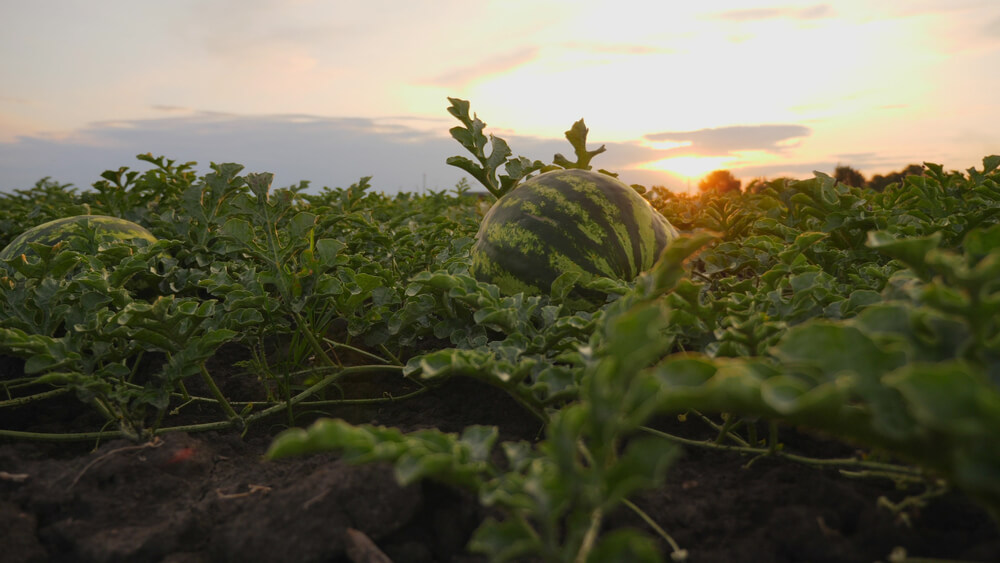A decrease in subsidies could be the difference for many farmers.

Last week, the USDA released a forecast that predicts net farm income will decrease by almost $10 billion in 2021.
The USDA forecast includes various broad-based income predictions as well as specific predictions by category of the industry. At its core, the forecast predicts a decrease in net farm income by 8.1 percent; that’s equivalent to $9.8 billion. Net farm income is a metric that includes all sources of farm revenue, including payments from the government, and those were…extremely high, in 2020, for a variety of reasons.
Owing to issues including, but not limited to, a global pandemic, a lack of farm labor and a trade war, 2020’s government payments were substantially higher than usual. In 2021, the USDA forecasts, those payments will decrease by a whopping 45.3 percent, some $21 billion less than in 2020.
If you wanted to paint a rosier picture, you could focus on the individual crops—or at least some of them. The USDA forecasts soybean receipts to rise by 24.3 percent, corn to rise by 14 percent and wheat by 2.2 percent. There’s some good news for livestock, too: Cattle is expected to rise by 6.4 percent, hogs by 15 percent and broiler chickens by 10.6 percent.
That rosy picture doesn’t extend to all sectors of agriculture. For vegetables (which includes melons, for some reason), the USDA forecasts a decrease by 5.7 percent. For fruits and nuts, the USDA forecasts a decrease by 9.6 percent. Milk is expected to decrease by 2 percent.
It doesn’t necessarily mean much to predict the industry as a whole, when the industry is so large and varied, but the big number is nice: a $20.4-billion increase in cash receipts. That’s great, right? Not so much. Fuel, fertilizer, labor and feed prices are all expected to increase, too, which cuts into profits. That, plus a drastic decrease in governmental aid, eventually comes out to a broad decrease in net farm income. The USDA notes that that number is still above its historical average, though that doesn’t mean much for, say, fruit and vegetable farmers.